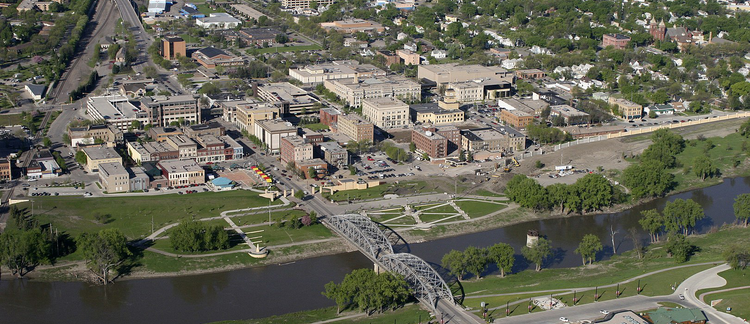Abstract
We present an update on our on-going investigation of the thermal wake that trails below ascending high-altitude balloons. We use a 1-dimensional array of temperature sensors called a “wake boom” to measure air temperatures up to 1.5m horizontally from points directly below the balloon. Our results concur with reports that the thermal wake is warmer than the surrounding air during daytime ascents due to solar radiation hitting the balloon skin, but colder than ambient air during night-time ascents due to adiabatic cooling of the gas in the balloon . In particular, we will report results from using Arduino microcontrollers to log data from DS18B20 digital temperature sensors. We will also give preliminary results from an X-shaped wake boom (AKA “X –Boom”), which allows us to study whether the hot side of the balloon (AKA the “sun side”) results in an asymmetry in the thermal wake horizontal temperature profile.
How to Cite:
Agrimson, E. P., Smith, K., Flaten, J., Blish, M., Newman, R., White, J., Singerhouse, M., Anderson, E., McDonald, S., Gosch, C. & Pratt, A., (2014) “Continued Exploration of the Thermal Wake Below Ascending High-Altitude Balloons”, Academic High Altitude Conference 2014(1). doi: https://doi.org/10.31274/ahac.5589

